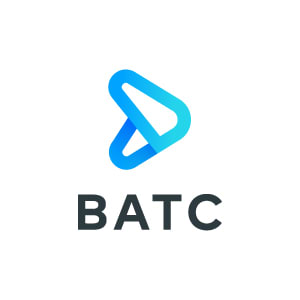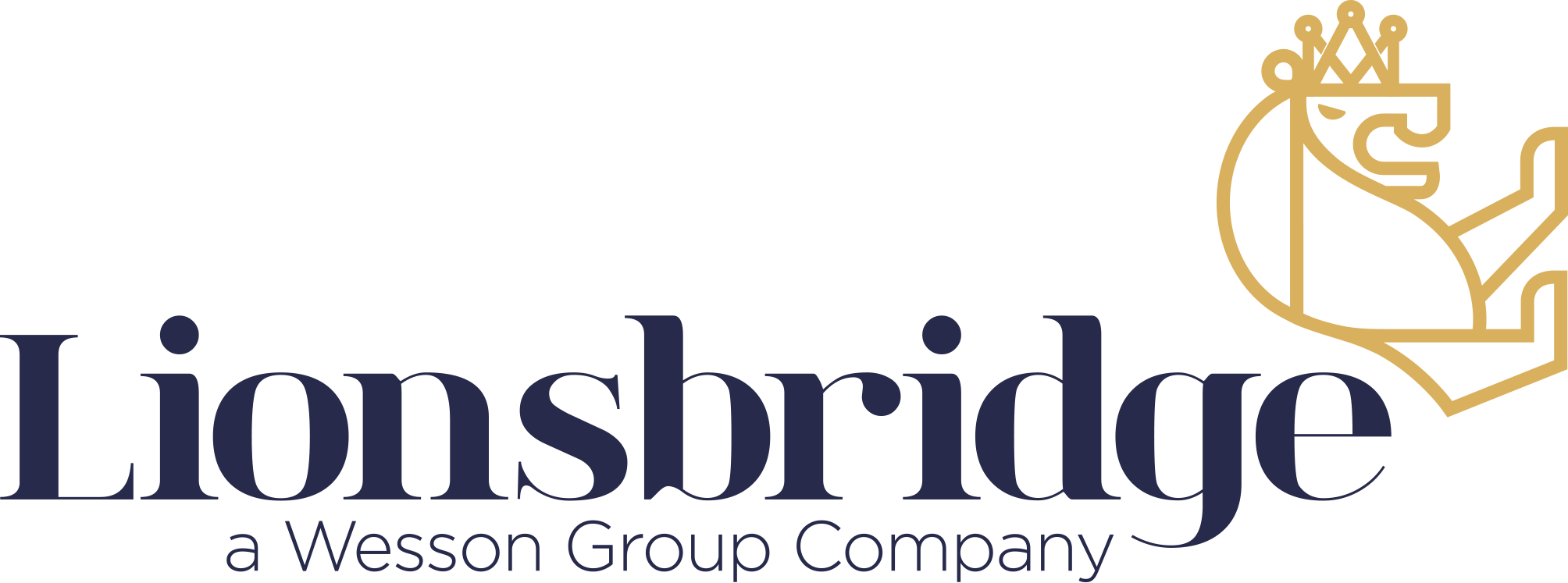Tedd Merrill is chief distribution officer of Accident & Health at Intact Insurance Specialty Solutions. Opinions are the author's own and do not constitute legal advice.
As labor shortages persist across the manufacturing sector, many organizations increasingly rely on a skilled subset of independent contractors to maintain productivity and manage workforce costs. While this flexible workforce offers operational advantages, it can also introduce complex risk exposures, particularly regarding injury protection and insurance coverage.
The hidden risk: Injury coverage gaps
Unlike traditional employees, ICs are generally not covered under standard workers’ compensation policies. This creates a significant liability gap in environments where physical labor, machinery and on-site hazards are routine. Manufacturers often assume their existing workers’ compensation coverage extends to all personnel on-site. However, unless explicitly covered, ICs are excluded. This can leave the company and the independent contractor vulnerable.
This misunderstanding can lead to uninsured claims, legal disputes and reputational damage. It’s not just a compliance issue, it’s a strategic risk that affects workforce planning, insurance coverage and independent contractor engagement.
Liability doesn’t disappear with proper classification
Manufacturers face potential regulatory risk in classifying a worker as either an employee or independent contractor. But even when workers are properly classified as independent contractors, their exclusion from traditional workers’ compensation plans can leave manufacturers with unexpected liability and coverage gaps if an injury occurs.
For example, if an independent contractor working on the manufacturer’s assembly line is injured and lacks coverage, the manufacturer could face litigation, operational disruption and reputational fallout.
This risk is compounded by the fact that ICs often work under the company’s supervision, use its equipment and operate within its facilities, which blurs the lines of responsibility.
Strategic approaches from leading manufacturers
To proactively manage this risk, manufacturers should evaluate their IC engagement practices by asking who bears responsibility if an IC is injured on-site, and whether insurance policies explicitly include or exclude non-employee labor.
These questions may help uncover hidden exposures and guide more informed insurance and labor strategy decisions.
Forward-thinking manufacturers are also adopting more sophisticated approaches to IC risk management. Examples include the following:
-
They maintain clear visibility into who works on-site, under what classification and what protections are in place.
-
Rather than relying on generic coverage, they work with brokers to tailor policies that reflect the realities of their labor model.
- ICs are considered part of a holistic workforce plan, and the same diligence is applied to understanding their risk profile as that of full-time employees.
Occupational accident insurance: A purpose-built solution
Occupational Accident Insurance offers a flexible alternative to workers’ comp for independent contractors. Designed specifically for ICs, OAI can provide coverage for accidental medical expenses, disability, and accidental death and dismemberment.
OAI is gaining traction in manufacturing due to its adaptability. Policies can be customized based on the following:
- IC engagement models (direct, agency, on-demand)
- Nature and location of work performed
- Assignment duration
- Role-specific risk profiles
This customization ensures that coverage aligns with their operations and improves claims adjudication. In a recent hands-on example, our team created new eligibility classes within a manufacturer’s occupational accident policy to better reflect the range and diversity of independent contractor roles.
This resulted in clearer expectations and smoother claims administration while emphasizing a standard occupational accident insurance solution would not support the manufacturers’ operations. For best outcomes, it’s important for manufacturers to work with their insurance broker and carrier for an understanding of the organization’s risk profile to properly tailor coverage.
Protecting ICs is a strategic imperative
Manufacturers must ensure their insurance coverage aligns with how they operate. What was once seen as a compliance checkbox is now a reputational and operational priority.
By addressing coverage gaps through tailored insurance and proactive insurance broker engagement, manufacturers can demonstrate their commitment to safe, ethical and resilient workforce practices. ICs are critical to the economy, and so is the responsibility to offer on-the-job injury protection.













